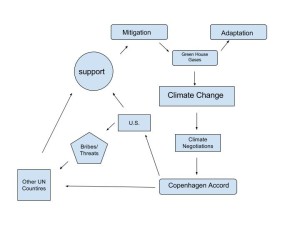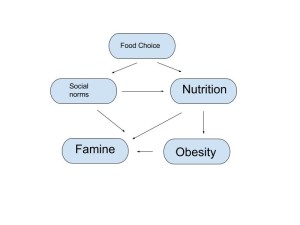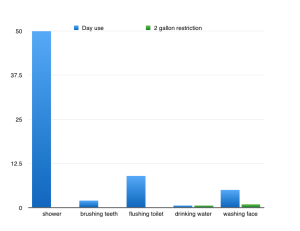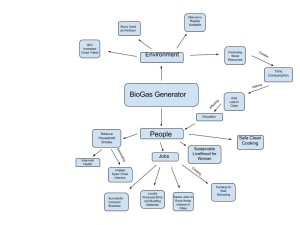- Create a Poster bringing attention to either examples of biodiversity loss to raise awareness, or examples of efforts being made to strengthen biodiversity and increase resilience. The poster must include both text and images relevant to the chosen topic
- Example poster topics
- Biodiversity Loss: HIPPO, European Colonialism, and Deforestation
- Biodiversity Conservation: National Parks, Habitat/species management, Protected landscapes/seascape, Managed Resource Protected Area, and connectivity
- Write a paragraph of 200-300 explaining the topic you chose to show in your poster and how the text and images relate to the concept of either biodiversity loss or conservation
For my poster I decided to focus on Biodiversity loss and how H.I.P.P.O effects it. The first space is the H, or habitat loss. For this I chose a picture of deforestation since it is a major subtopic of habitat loss, as forests are taken over and harvested, all underlying ecosystems are completely destroyed even if there is a method to in place the regrow trees sustainably. The second space is Invasive species which I wanted to show very clearly how one species effects another. In the picture an alligator can be seen getting choked by a snake which is a new enemy alligators are not adapted to defending against, killing populations of alligators which are a huge source of income and an essential part of its local food chain. The third space is Pollution where smoke stacks are seen discharging toxic synthetic chemicals and heavy metals into the environment, depicting our ozone and causing climate change, bioaccumulation, and many other possible life threatening issues. The fourth space Is population growth, it has lost of people in a very tight space. While this may seem too literal I feel it gets the idea across while implying all the problems raised by population growth as the full space is filled just like soon we will run out of space on earth to expand to. The final space is Over harvesting; even with so many examples I again wanted a powerful image that showed the scale in which we take from our environment, its powerful to see how just one ship can have so many fish when the boat itself is a small fish compared to the size and amount of other operations, extremely metaphorical.





